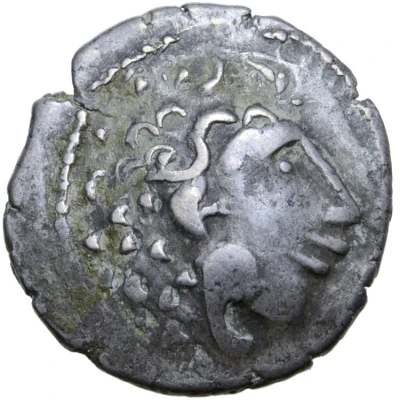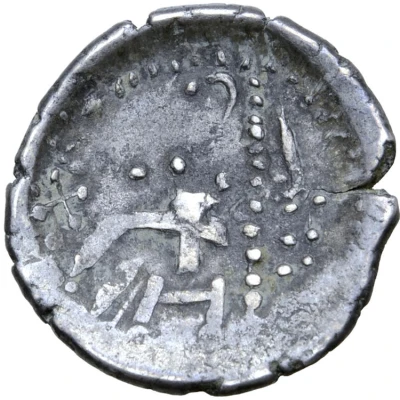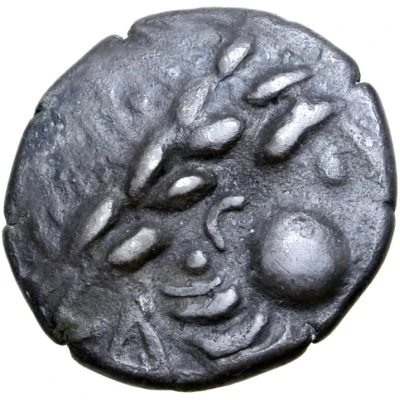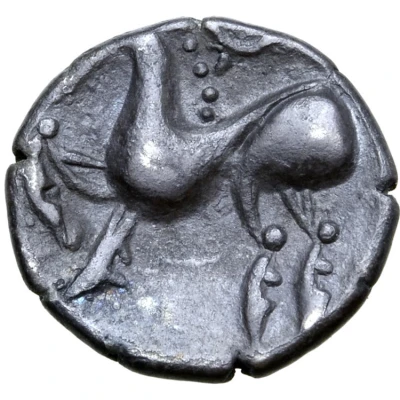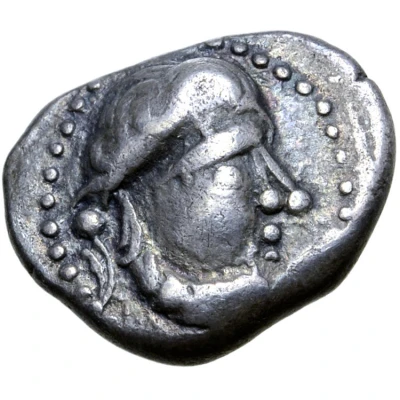
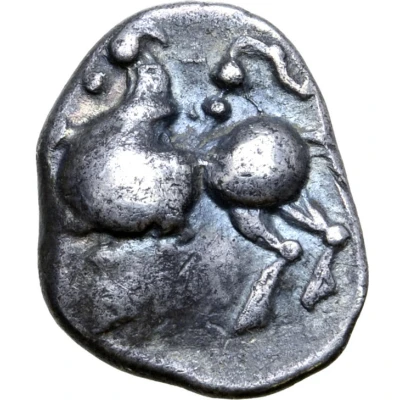

© Roma Numismatics Limited
Drachm Baumreiter Type 300 BC - 201 BC
| Silver | 3.35 g | 15 mm |
| Issuer | Uncertain Eastern European Celts (Uncertain Central and Eastern European Celts) |
|---|---|
| Type | Standard circulation coin |
| Years | 300 BC - 201 BC |
| Value | 1 Drachm |
| Currency | Drachm |
| Composition | Silver |
| Weight | 3.35 g |
| Diameter | 15 mm |
| Shape | Round (irregular) |
| Technique | Hammered |
| Orientation | Variable alignment ↺ |
| Demonetized | Yes |
| Updated | 2024-10-09 |
| Numista | N#190528 |
|---|---|
| Rarity index | 100% |
Reverse
Rider on horseback to left.
Comment
Examples of this type:• Example #1 (3.35g, 15mm, 10h; Very Fine)
© Image courtesy of Roma Numismatics Limited
◦ Ex-Hermann Lanz Collection; published in Kostial #422;
◦ Exhibited by the Staatlichen Münzsammlung München at the 1997 International Numismatic Congress in Berlin; at the Berliner Bank also in 1997; also exhibited at the Luitpoldblock Palmengarten, Munich in 2003 (exhibition #84[obverse]).
◦ Auctioned by Roma Numismatics Ltd, Auction XVIII, 29 September 2019, lot 115. Sold for 220 GBP.
• Example #2 (3.64g, 15mm, 11h; Good Very Fine)
© Image courtesy of Roma Numismatics Limited
◦ Ex-Hermann Lanz Collection; published in Kostial #421;
◦ Exhibited by the Staatlichen Münzsammlung München at the 1997 International Numismatic Congress in Berlin; at the Berliner Bank also in 1997; also exhibited at the Luitpoldblock Palmengarten, Munich in 2003 (exhibition #84[reverse]).
◦ Auctioned by Roma Numismatics Ltd, Auction XVII, 28 March 2019, lot 114 Sold for 200 GBP.
Interesting fact
One interesting fact about the Standard circulation coin Drachm (Baumreiter Type) (300 BC - 201 BC) from Uncertain Eastern European Celts (Uncertain Central and Eastern European Celts) made of Silver weighing 3.35 g is that it features a unique blend of Celtic and Greek influences in its design. The coin's obverse side bears a depiction of a stylized horse, which was a common motif in Celtic art, while the reverse side features a rendition of the Greek goddess Athena, highlighting the cultural exchange and fusion that occurred between the Celts and Greeks during this time period.
